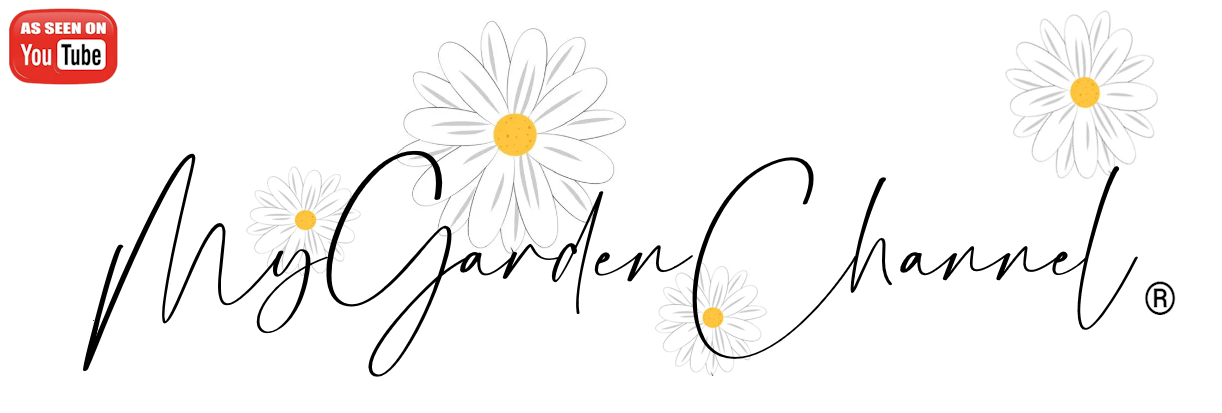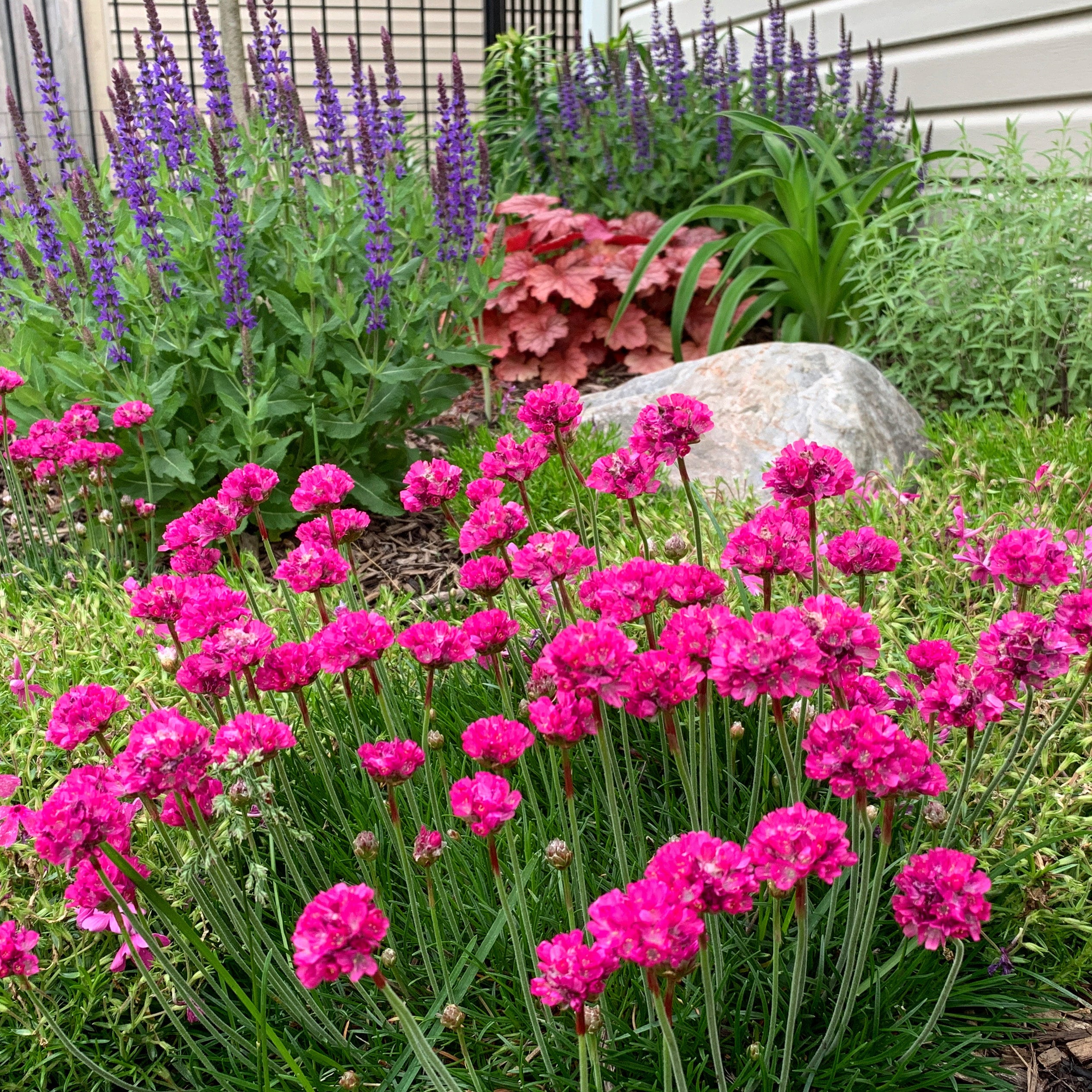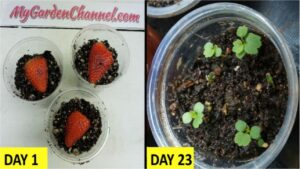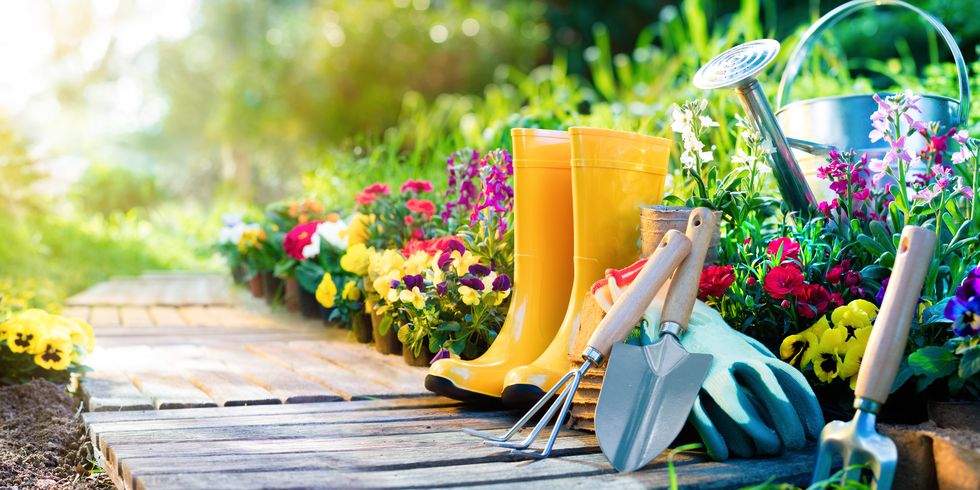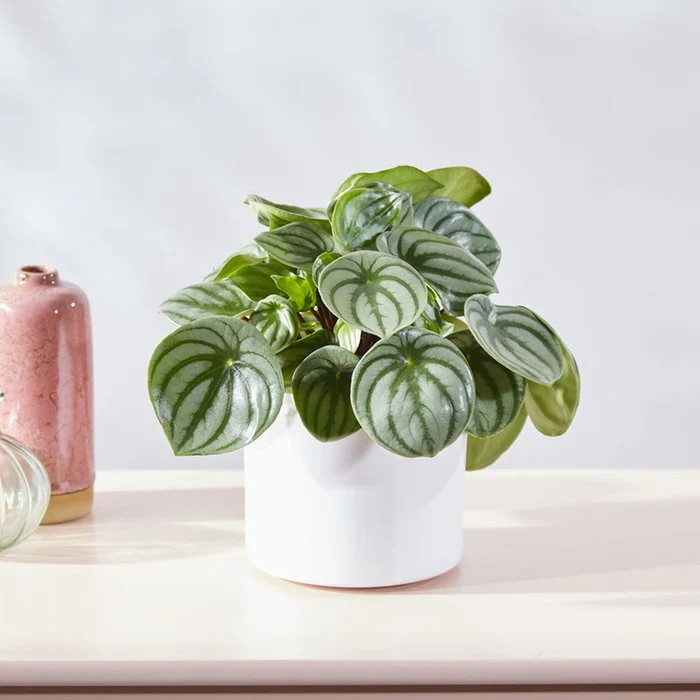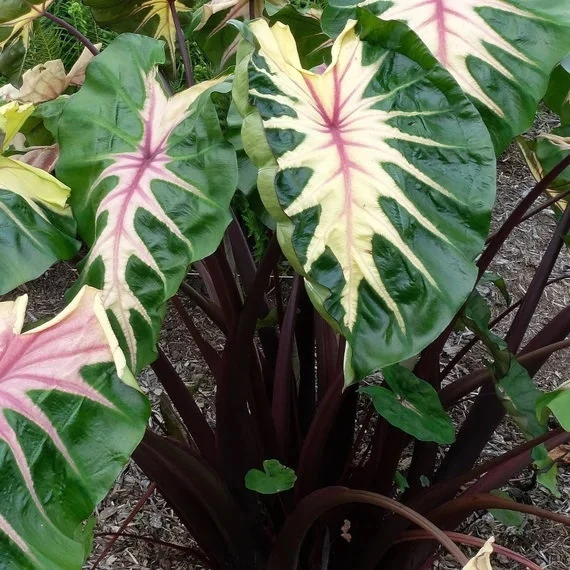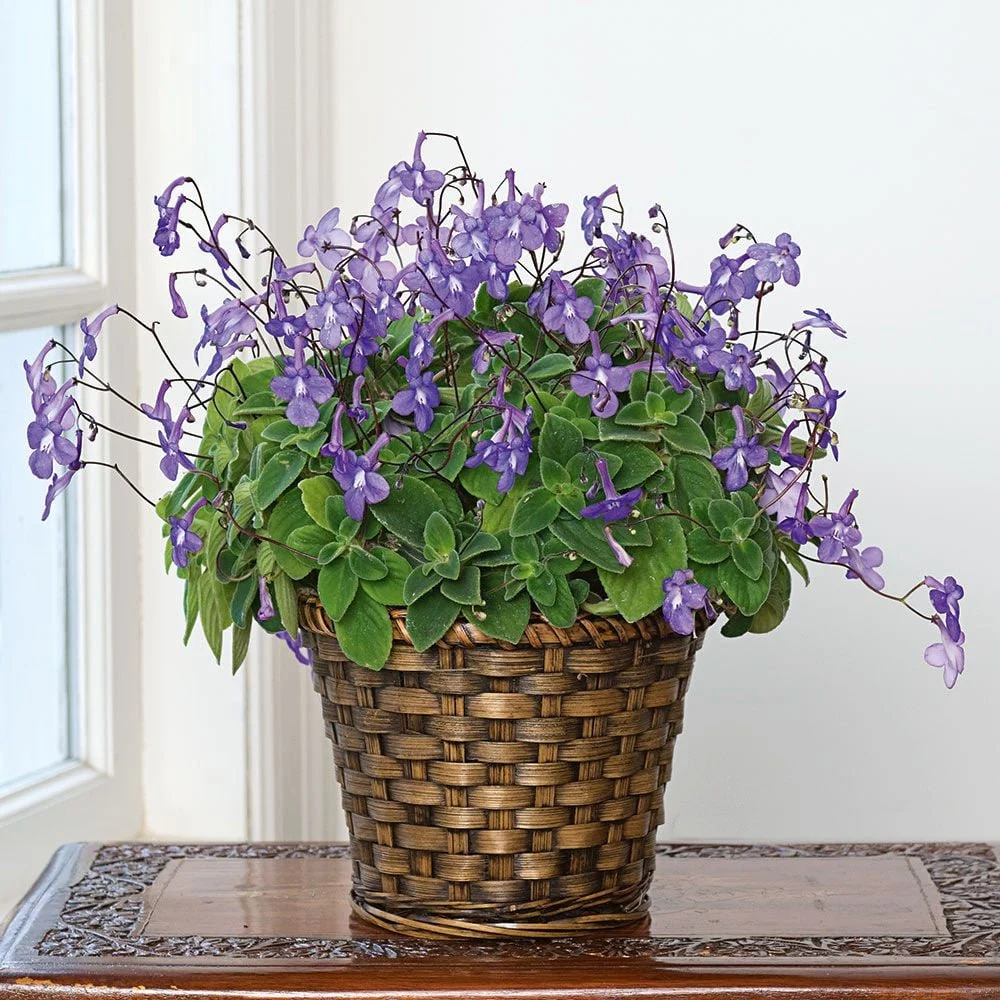The Pink Sea Thrift (Armeria maritima) is a charming perennial that produces vibrant pink, ball-shaped flowers, making it a popular choice for coastal gardens, rockeries, and containers. It is known for its tolerance to salt and drought, thriving in sandy, well-drained soil. Here’s a care guide to help you grow and maintain a healthy Pink Sea Thrift:
1. Planting Location
- Full Sun: Pink Sea Thrift thrives in full sun, where it will bloom profusely. Aim for at least 6 hours of direct sunlight each day for the best flower production.
- Well-Drained Soil: This plant prefers well-draining, slightly alkaline to neutral soil. Sandy or gravelly soil is ideal. It can tolerate poor soil but will perform better with a bit of organic matter worked into the soil.
- Coastal Areas: As the name suggests, Sea Thrift does well in coastal areas and can tolerate some salt in the air, making it great for seaside gardens.
2. Watering
- Low to Moderate Watering: Sea Thrift is drought-tolerant once established, so it doesn’t require much watering. Water the plant regularly during the first year to help it establish a strong root system. After that, it can handle dry conditions, but during prolonged dry spells, a good soak every couple of weeks will keep it healthy.
- Avoid Overwatering: Since Sea Thrift prefers well-draining soil, ensure that the roots are not sitting in water. Overwatering can lead to root rot.
3. Fertilizing
- Light Feeding: Fertilize with a balanced, slow-release fertilizer in the spring to promote growth and flowering. Avoid over-fertilizing, as too much nitrogen can result in leggy growth rather than the compact, flower-filled form that Sea Thrift is known for.
- Compost or Organic Matter: If your soil is poor, mixing in some compost or well-rotted manure can help provide the plant with the necessary nutrients.
4. Pruning
- Deadheading: Remove spent flowers to encourage the plant to produce more blooms. Deadheading also helps keep the plant looking tidy.
- Cutting Back: After flowering, trim back the plant to tidy up the shape and encourage fresh growth. You can cut it back by about a third, but be careful not to cut into the woody base.
- Spring Pruning: In early spring, you can also prune back the foliage to remove any dead or damaged leaves from winter.
5. Soil and Mulching
- Well-Draining Soil: Ensure that the soil is well-drained, as Sea Thrift doesn’t like “wet feet.” Sandy, loamy, or gravelly soils are ideal. If necessary, amend heavy clay soils with sand or grit to improve drainage.
- Mulching: Applying a thin layer of mulch can help retain moisture and keep weeds at bay, but avoid piling it up around the base of the plant. The plant prefers a dry base and too much moisture around it can encourage rot.
6. Pest and Disease Management
- Pest Resistance: Pink Sea Thrift is generally pest-resistant. However, aphids, slugs, or snails can sometimes be an issue. Check for these pests and remove them manually or treat with an organic pest control if needed.
- Disease Resistance: It is relatively disease-free but may occasionally suffer from fungal diseases like powdery mildew if grown in overly humid or poorly ventilated conditions. Ensure good air circulation and avoid overhead watering to minimize this risk.
7. Winter Care
- Cold Hardiness: Sea Thrift is hardy in USDA zones 4-8, meaning it can tolerate frost and cold winters. In colder climates, the foliage may die back in winter, but the plant will regrow in the spring.
- Protection in Winter: In areas with harsh winters, you can add a layer of mulch around the base of the plant to protect the crown from freezing. Just be sure to remove excess mulch in the spring as temperatures warm.
8. Propagation
- From Seeds: Sea Thrift can be propagated from seeds, but it may take some time to flower from seed. Start seeds indoors in early spring, or sow them directly in the garden once the danger of frost has passed.
- Division: The plant can also be propagated by division. Divide clumps every 2-3 years in early spring or fall to maintain plant vigor. Simply dig up the plant, separate the clumps, and replant the divisions in well-draining soil.
9. Common Problems
- Flowering Issues: If the plant is not flowering well, it could be due to too much shade or overly rich soil. Adjust its location for more sun or reduce fertilizer use.
- Poor Drainage: If the plant’s leaves yellow or the plant looks unhealthy, it could be a sign of poor drainage or overwatering. Ensure that the soil drains well, and avoid overwatering.
With its vibrant pink blooms and low-maintenance care, the Pink Sea Thrift is an excellent addition to gardens looking for a hardy, beautiful, and drought-tolerant perennial.
Proudly powered by WordPress
